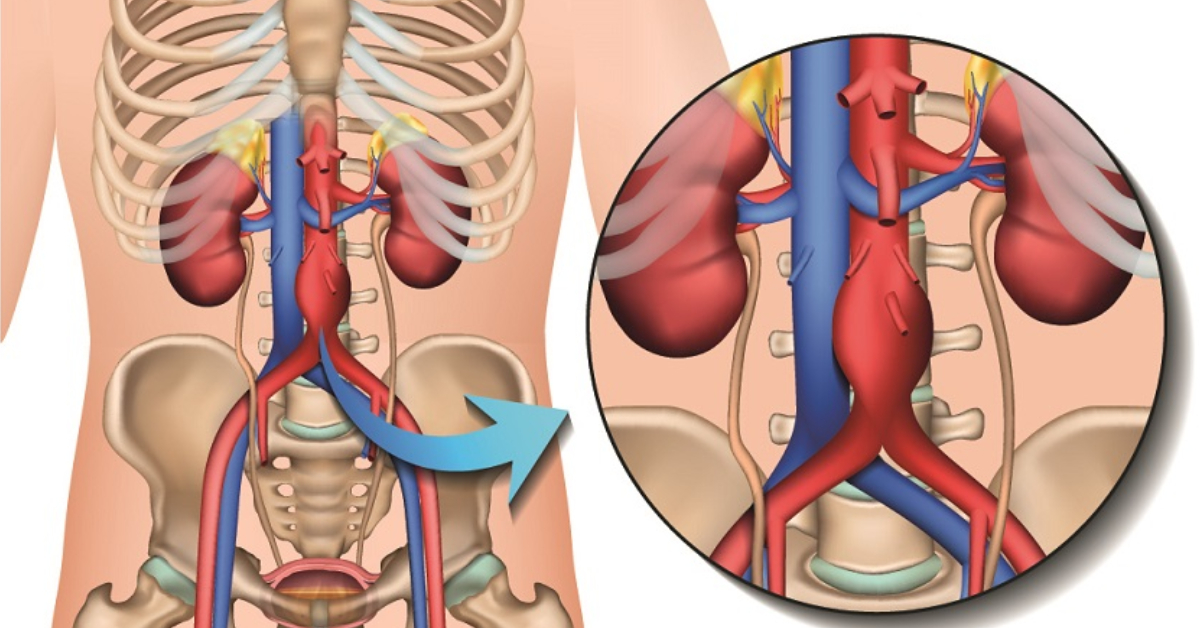Abdominal Aortic Aneurusm: Know the Symptoms!
The aorta is the largest artery in the human body and is responsible for carrying oxygen-rich blood from the heart to the rest of the body. An aortic aneurysm is a bulge that forms in the wall of the aorta, which can cause it to weaken and potentially rupture, leading to life-threatening complications. In this article, we’ll discuss the symptoms of aortic aneurysm and why early detection is crucial.
What are the symptoms of Aortic Aneurusm?
Most aortic aneurysms are asymptomatic, meaning that they don’t cause any noticeable symptoms until they grow large enough to press on nearby organs or tissues. However, if symptoms do occur, they may include:
- Chest or back pain: A sudden, severe, or persistent pain in the chest or back is a common symptom of aortic aneurysm. The pain may be described as sharp, tearing, or stabbing and can be constant or intermittent.
- Abdominal pain: If the aneurysm is located in the abdominal aorta, the patient may experience pain in the abdomen, flank, or lower back. The pain may worsen after eating or exercising and may be accompanied by nausea or vomiting.
- Difficulty swallowing or breathing: If the aneurysm is pressing on the trachea or esophagus, the patient may experience difficulty swallowing or breathing, coughing, or hoarseness.
- Rapid heartbeat: A rapid or irregular heartbeat may be a sign that the aneurysm is causing a disruption in the heart’s normal rhythm.
- Fatigue: A feeling of tiredness or weakness may be a symptom of aortic aneurysm, as the condition can cause a decrease in blood flow to the body’s organs and tissues.
What are the risk factors for Aortic Aneurysm?
Certain factors can increase the risk of developing an aortic aneurysm, including:
- Age: Aortic aneurysms are more common in people over the age of 60.
- Smoking: Smoking increases the risk of developing an aortic aneurysm and can also increase the rate at which the aneurysm grows.
- High blood pressure: High blood pressure can weaken the walls of the aorta and increase the risk of developing an aneurysm.
- Atherosclerosis: Atherosclerosis, or the buildup of plaque in the arteries, can increase the risk of developing an aortic aneurysm.
- Family history: A family history of aortic aneurysm increases the risk of developing the condition.
Why Early Detection is Crucial
If left untreated, aortic aneurysms can grow larger and potentially rupture, leading to life-threatening complications such as internal bleeding or organ damage. However, if detected early, the aneurysm can be monitored and treated before it becomes too large or causes complications. Treatment options may include surgery to repair or replace the damaged portion of the aorta, or medication to lower blood pressure and reduce the risk of rupture. Check out the list of top doctors in India for Aortic Aneurysm Surgery.

